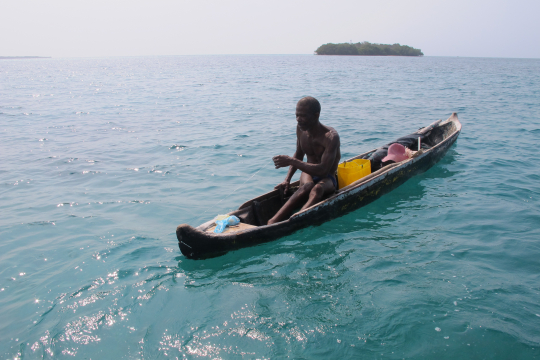Abstract
In developing countries, artisanal fishing communities typically exhibit high poverty, vulnerability levels, and a marked dependence on fishing resources for their subsistence. Nevertheless, there does not exist sufficient information about these relationships and their dynamics. This study contributes to (i) understanding artisanal fisheries’ livelihoods located in the influence zone of a marine protected area in the Colombian Caribbean and (ii) identifying how key economic parameters affect fishing household decisions, including the use of marine resources. We propose a fishing household production model, where households make simultaneous decisions about consumption and production. Fishing plays a central role in those decisions as a source of income and food security. The theoretical model is validated with information collected every month during one year from fishing households in the village of Barú (Colombia). The calibrated model permits us to simulate the effects of different policies on the use and management of artisanal fisheries and on the fishing household’s wellbeing. Our findings offer insights into the design of policies aimed at both the sustainable use of marine resources and the social development of these communities.


